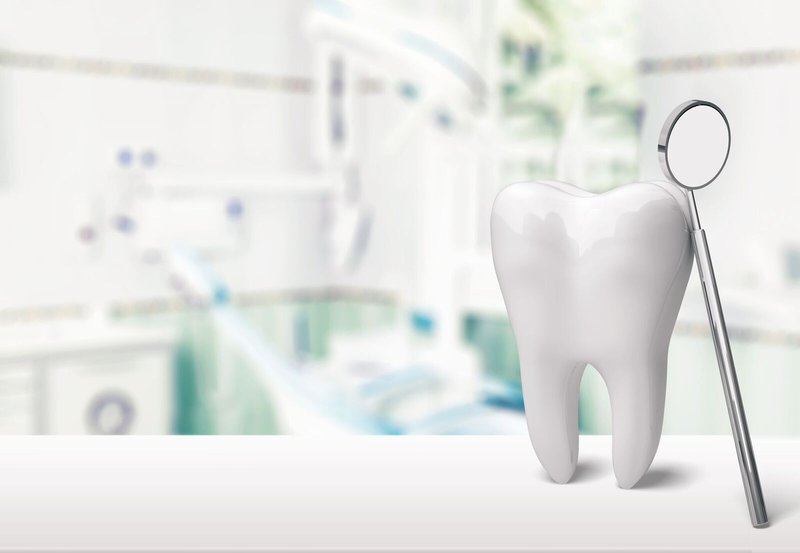5 Dental Procedures To Repair Your Cracked Or Broken Tooth

Root Canal
Root canals are often the only solution when the damage has extended all the way to the tooth pulp. That’s because the damage often affects the nerves in the teeth. With this form of emergency dentistry in Richmond Hill, any fragments that are damaged and cannot be saved will be removed. The procedure also calls for removing the pulp and the nerve. In order to prevent infection, the open space is then sealed. You will need some additional dental work to restore the tooth to a natural look.
Crowns
After your root canal, the orthodontist in Richmond hill will often install what is known as a temporary crown. This makes it easier for healing to take place and provides additional protection for the affected area. The professional also orders the creation of a permanent crown. Once it’s in, you will return to the dentist for the installation.
Crowns are essentially caps that fit on the top of teeth. They are adhered securely to ensure they will not work loose. In addition to filling in the space where the tooth was broken or cracked, the crown will make it easier for you to chew without discomfort.
Explore further
Veneers
Veneers are shells designed to fit over the front of the teeth and provide additional stability. Perhaps your tooth is cracked but is otherwise in good condition. A veneer will ease stress on the tooth and prevent the crack from getting any worse. You can expect the veneer to hold up well for as long as 15-20 years before it must be replaced.
Composite Dental Bonding
You may not have heard of this approach, but dentists use it for many teeth that are broken or cracked. The procedure calls for roughening the tooth surface and then applying a conditioning liquid to the surface. Dental putty is then applied to the tooth and molded into a natural shape. Ultraviolet light is used to harden the putty and create the seal with your tooth. Once the putty is dry, there may be the need for some additional smoothing to ensure the bonding blends in with the rest of your teeth.
People also search
Implants
There are times when the damage is so severe that saving the tooth is out of the question. Your dentist will talk with you about implants as solution . With this approach, the damage tooth is extracted and the implant is inserted into the empty socket. A temporary cap is placed on top. While you heal, the dentist arranges for a permanent cap to be made. You’ll return in a week or so to have the permanent cap adhered to the implant.
Many cracks and chips are not as serious as they appear. Before assuming that the tooth is a lost cause, get to your family dentist . After an examination, it will be easier to settle on the right procedure and have your teeth looking great in no time.
